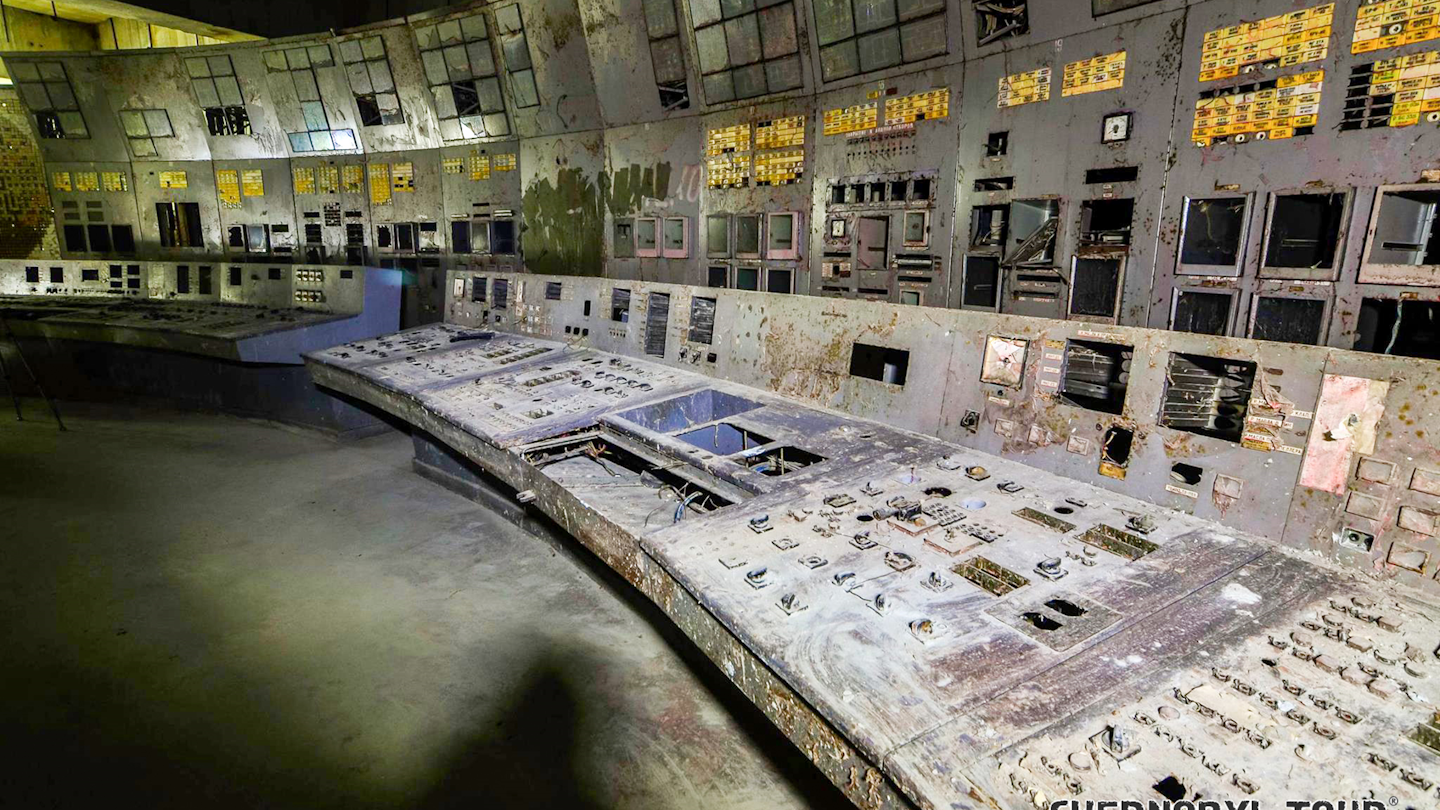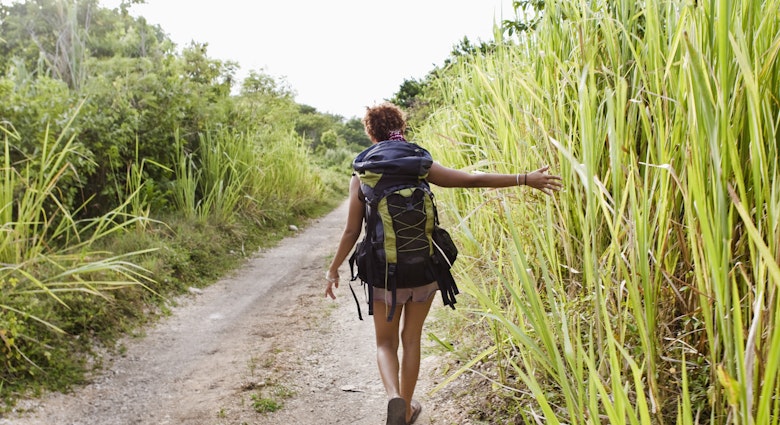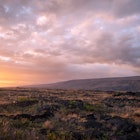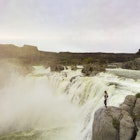Ukraine has opened the control room of Chernobyl reactor four to the public for the first time but visitors must wear a hazmat suit to enter and and be submitted to radiology tests tests when they leave.

The control room of Chernobyl's reactor No. 4 is the epicentre of the worst-ever civil nuclear disaster in history. Thirty-three years ago, on that awful night of 26 April 1986, a series of explosions destroyed the reactor, killing at least 54 people in the immediate aftermath and sending a plume of deadly radioactive dust into the atmosphere, threatening the health and wellbeing of hundreds of thousands of people.
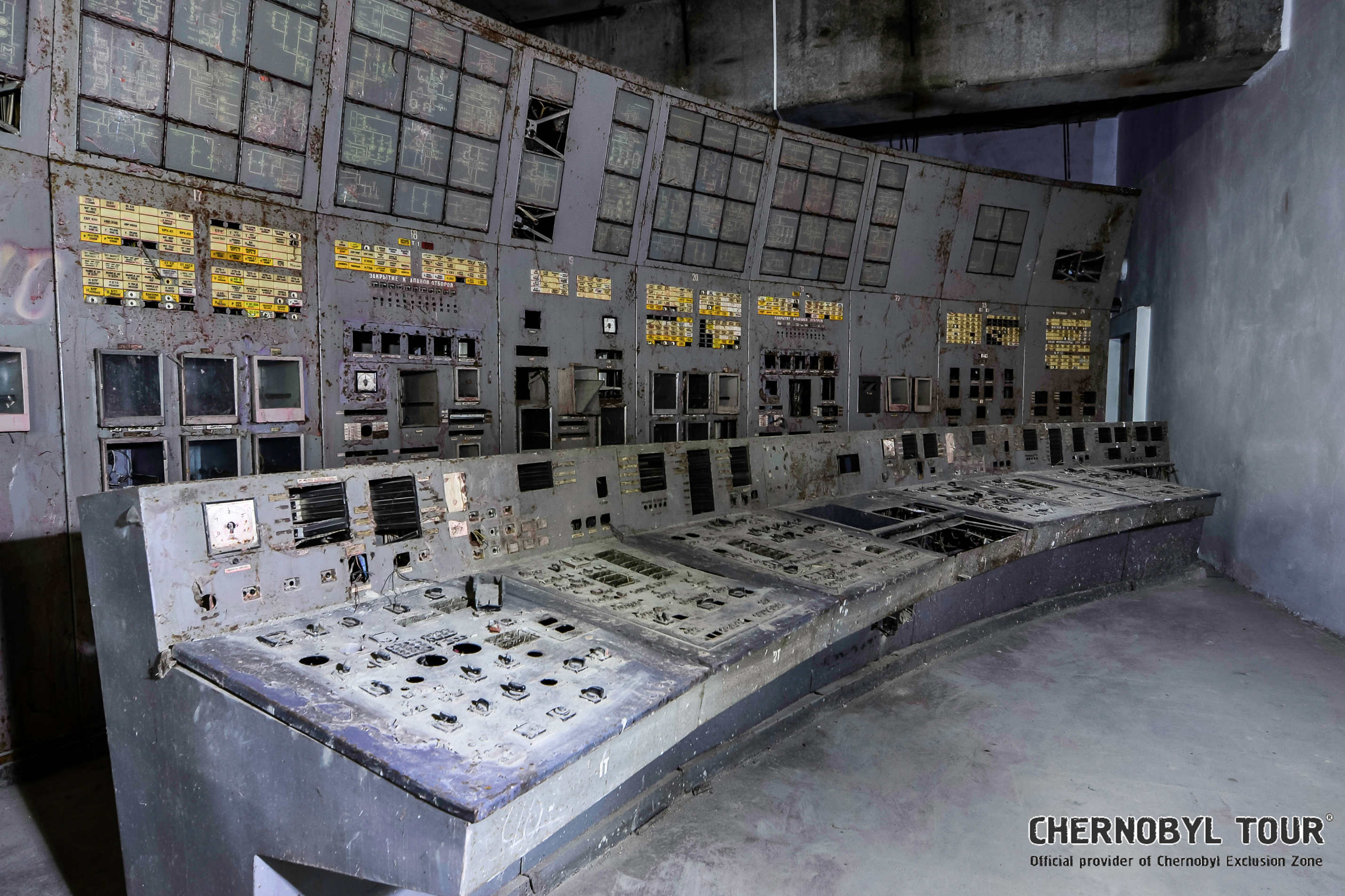
But now those brave enough can venture inside the scene of the catastrophic event for a brief, post-apocalyptic visit as it opens to tourists for the first time ever. Those who enter can only do so through organised visits with official tourist agencies. They will be provided with protective suits, respirators and helmets and can only stay for a few minutes to prevent overexposure to radiation. After leaving, they must undergo two radiology tests. According to the World Nuclear Association, reactor No. 4 still contains about 200 tonnes of highly radioactive material deep within its ruins.

How Chernobyl plans to become more tourist-friendly
Today, Chernobyl remains a ghost town surrounded by a 30km exclusion zone that is still considered too dangerous for human habitation. However, that exclusion zone is not considered too dangerous for short-term visits. The disaster site has seen a huge increase in visitor numbers in recent years as part of a growing global trend of dark tourism. Those numbers were given another boost by the success of HBO's Chernobyl miniseries which aired this year. Indeed, reports indicate that bookings are now up by as much as 40%. The government has been improving facilities in the area such as walking trails, checkpoints and recently approved riverboat tours and in July, it announced 21 new tourist routes.
Tour agencies like SoloEast and Chernobyl Welcome offer day trips to the area and Chernobyl Tour, which was founded by Sergii Mirnyi, a former emergency worker who took part in the post-disaster clean-up, is now offering visits to reactor No. 4.

